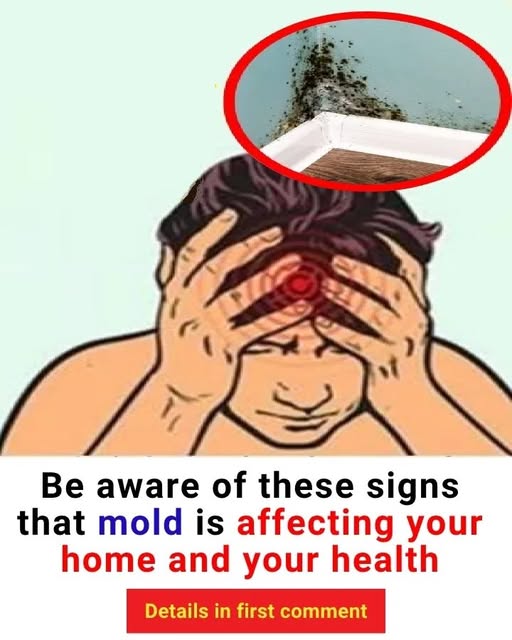Mold is a common household issue that often goes unnoticed until it starts to cause serious problems. It thrives in damp, poorly ventilated areas and can quickly spread, compromising both the structural integrity of your home and the well-being of its occupants. Early detection is crucial, so it’s important to recognize the warning signs before they escalate.
One of the first signs of mold in your home is a persistent musty odor, particularly in areas like basements, bathrooms, or around leaking pipes. You may also notice visible growth—black, green, or white patches on walls, ceilings, or furniture. If your home has experienced water damage or flooding, it’s highly susceptible to mold infestation. Condensation on windows, peeling wallpaper, and warping walls are also indicators of excessive moisture and possible mold presence.
The health effects of mold can vary depending on your sensitivity. Common symptoms include coughing, sneezing, nasal congestion, itchy eyes, skin rashes, and throat irritation. People with asthma or allergies may experience more severe reactions, including difficulty breathing and wheezing. Prolonged exposure can even lead to chronic respiratory conditions or worsen existing health issues.
If you suspect mold in your home, it’s vital to take action promptly. Begin by improving ventilation, using dehumidifiers, and fixing leaks. In more severe cases, professional mold remediation may be necessary. Remember, addressing the root cause—excess moisture—is key to preventing future outbreaks.
Disclaimer: This article is intended for informational purposes only and should not be considered medical or professional advice. If you suspect mold exposure is affecting your health, consult a healthcare professional. For serious mold infestations, seek assistance from certified mold remediation experts.
